The Arc de Triomphe is one of the most famous monuments in Paris.
The Arc de Triomphe stands at the centre of the Place Charles de Gaulle, also known as the “Place de l’Étoile“.
The construction of the Arc de Triomphe in Paris was ordered in 1806 by Napoleon, the French Emperor.
The Roman Arch of Titus inspired Napoleon to construct his 19th century version in honour of his Grand Armée (Great Army).
Built between 1806 and 1836, it’s iconic in style and sculpture to the decoration popular at the first half of the 19th century and visitors can admire its delicate design and engravings.
Work on the Arc stopped when Napoléon was defeated in 1814, but started up again in 1826 in the name of King Louis-Philippe.
The monument was designed by renowned French architect, Jean Chalgrin in 1806. After Chalgrin’s death in 1811, Jean-Nicolas Huyot was commissioned to complete his work.
Major academic sculptors of France are represented in the sculpture of the Arc de Triomphe: Jean-Pierre Cortot; François Rude; Antoine Étex; James Pradier and Philippe Joseph Henri Lemaire.
The Arc de Triomphe honours those who fought and died for France in the French Revolutionary and the Napoleonic Wars, with the names of all French victories and generals inscribed on its inner and outer surfaces.
Beneath its vault lies the Tomb of the Unknown Soldier from World War I.The tomb represents the 1,500,000 soldiers who died during the war.
The eternal flame of remembrance was lit on 11th November 1923 by Andre Maginot and has never been extinguished since. Every evening at 6:30 P.M. it is rekindled, and veterans lay wreaths decorated with red, white and blue near its flickering flame.
It is the second-largest triumphal arch standing today and was the largest until 1982 when North Korea deliberately built one larger.
The monument stands 50 meters (164 feet) in height, 45 meters (148 feet) wide and 22 meters (72 feet) deep. The large vault is 29.19 meters (95.8 feet) high and 14.62 meters (48.0 feet) wide. The small vault is 18.68 meters (61.3 feet) high and 8.44 meters (27.7 feet) wide.
The four main sculptural groups on each of the Arc’s pillars are:
Le Départ de 1792 (or La Marseillaise), by François Rude. The sculptural group celebrates the cause of the French First Republic during the 10 August uprising. Above the volunteers is the winged personification of Liberty.
Le Triomphe de 1810, by Jean-Pierre Cortot celebrates the Treaty of Schönbrunn. This group features Napoleon, crowned by the goddess of Victory.
La Résistance de 1814, by Antoine Étex commemorates the French resistance to the Allied armies during the War of the Sixth Coalition.
La Paix de 1815, by Antoine Étex commemorates the Treaty of Paris, concluded in that year.
Six reliefs sculpted on the facades of the Arch, representing important moments of the French Revolution and of the Napoleonic era.
In thе attic оf thе Arc de Triomphe аs уоu lооk uр thеrе аrе 30 shields whісh аrе engraved wіth thе names оf major revolutionary аnd Napoleonic military victories.
The ceiling of the Arc de Triomphe is decorated with sculpted roses.
There are 284 steps from the ground level to the top of the arc.
The observation deck at 50 meters (164 feet) up the Arc de Triomphe has some of the best views in Paris.
The Arc de Triomphe is positioned in the center of 12 Avenues at the end of the Champs Elysee. The avenues are named after French military leaders.
In 1810, Napoleon and his new wife Marie-Louise entered Paris passing underneath a full-size model of the intended arch made of wood and painted cloth and built on the foundations of the future arch.
The construction of Arc de Triomphe was completed long after Napoleon’s death in 1821. But he finally got to pass through the completed Arc in 1840 when his body was moved to its final resting place, Les Invalides in Paris.
After World War I ended Charles Godefroy flew his fighter plane through the Arc de Triomphe in tribute to the airmen killed in the war.
Although the Arc is meant to celebrate France’s victories, it has seen a couple of horrible defeats as well Germans marched under the arch in 1871 during the Franco-Prussian War and Nazis did the same during the German occupation of Paris in WWII.
The Arc de Triomphe costed 9.3 millions French francs, a gigantic amount of money at that time.
Two unsuccessful assassination attempts took place at the Arc de Triomphe – against Charles De Gaulle and Jacques Chirac. Both men survived.
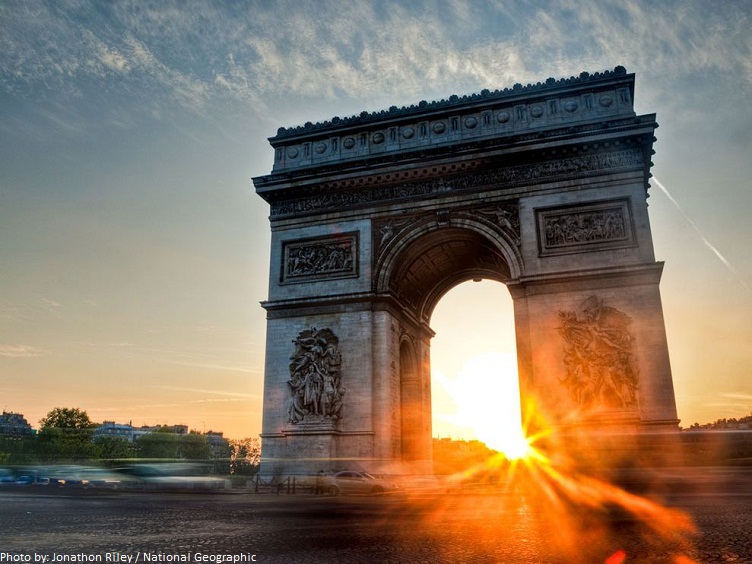
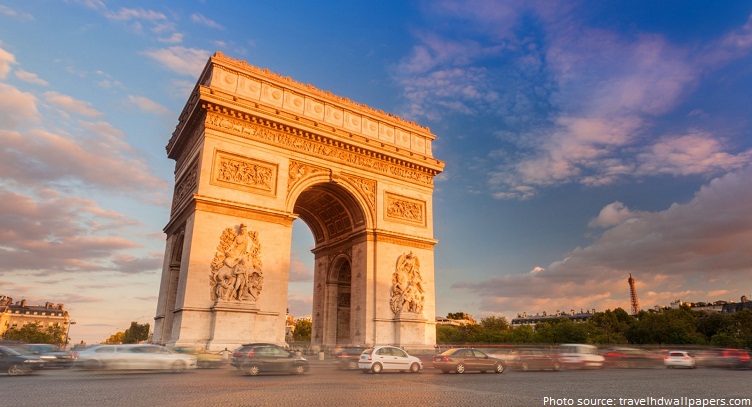
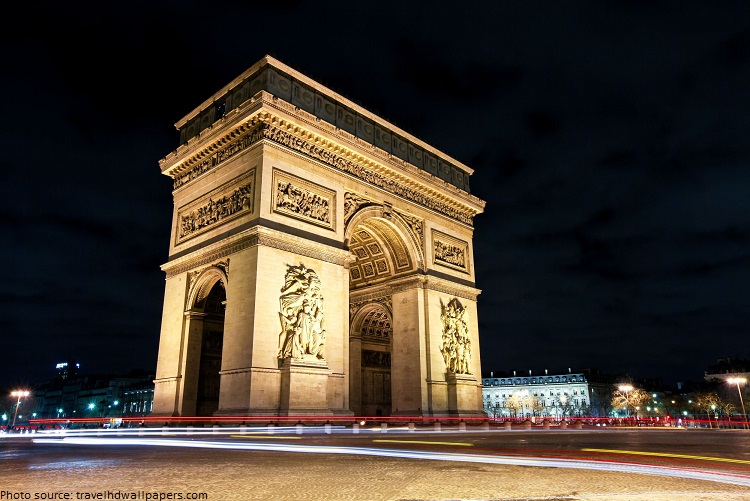
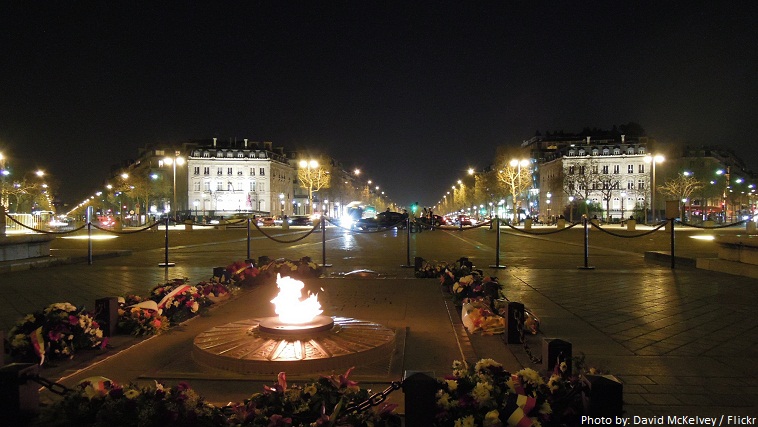
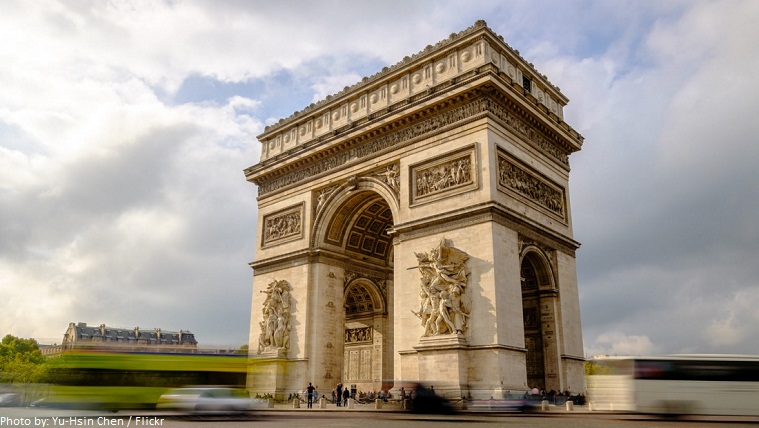
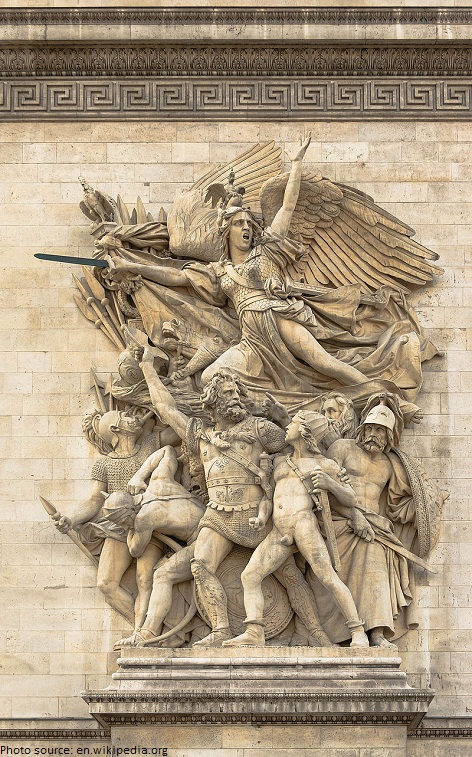
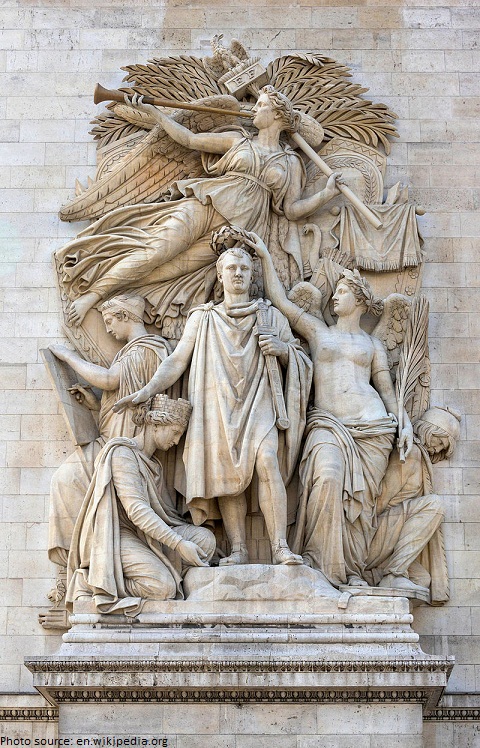
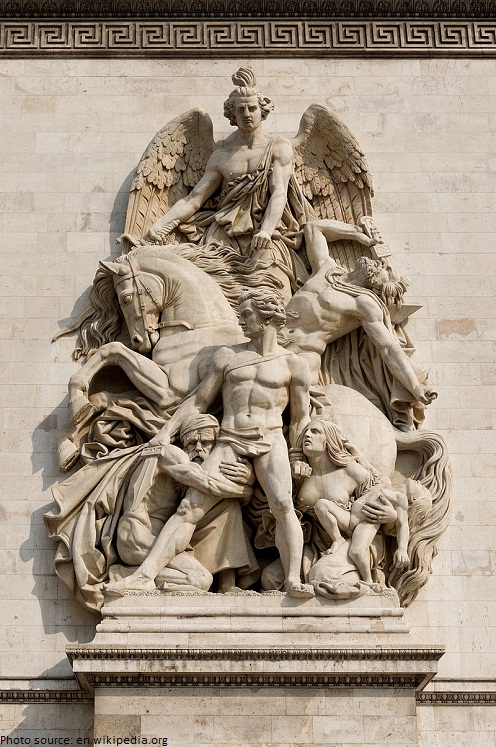
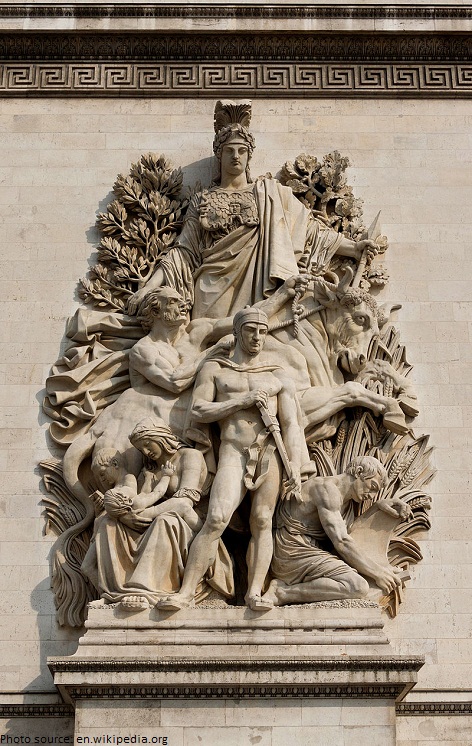
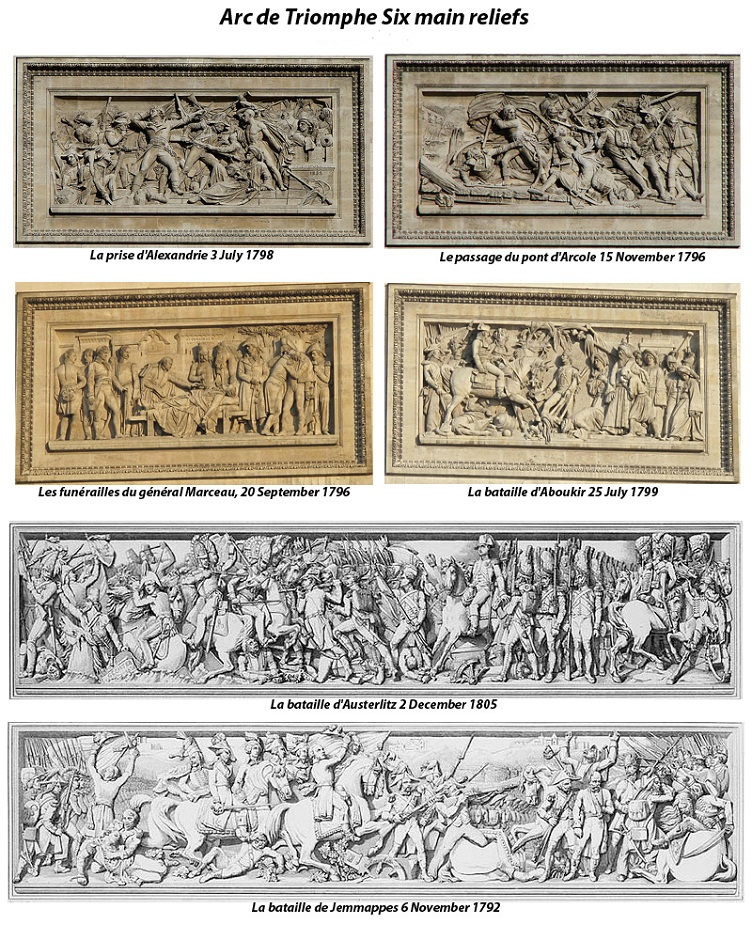
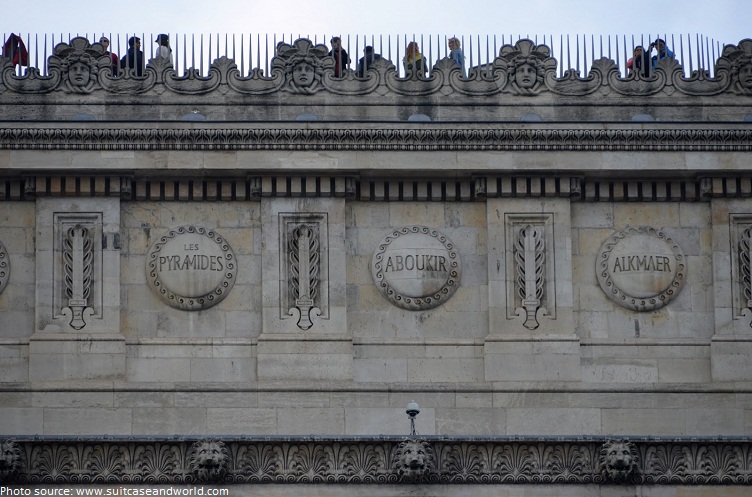
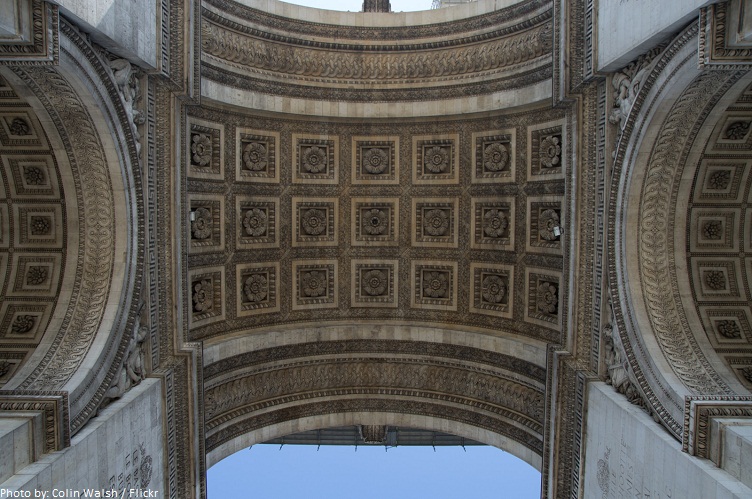
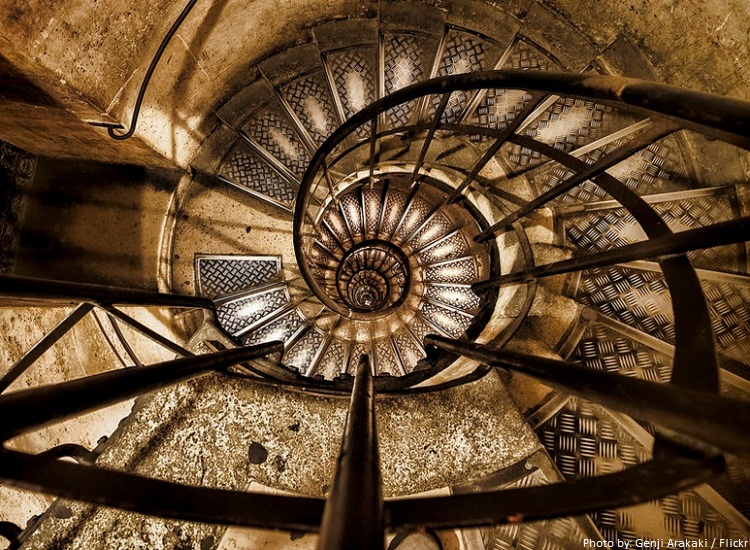
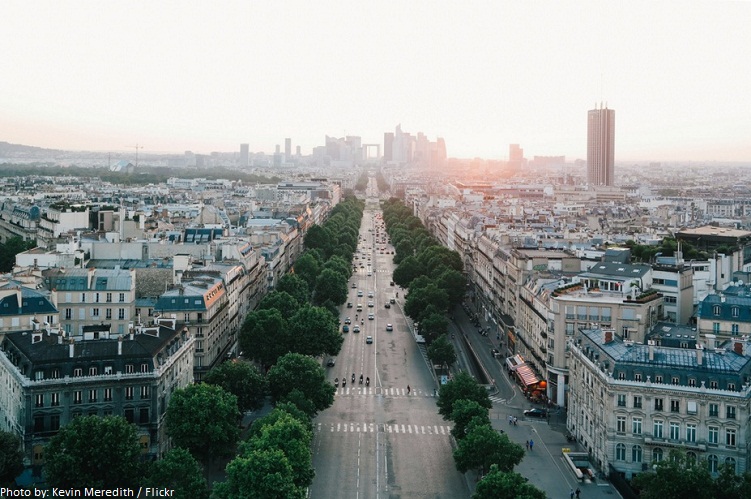
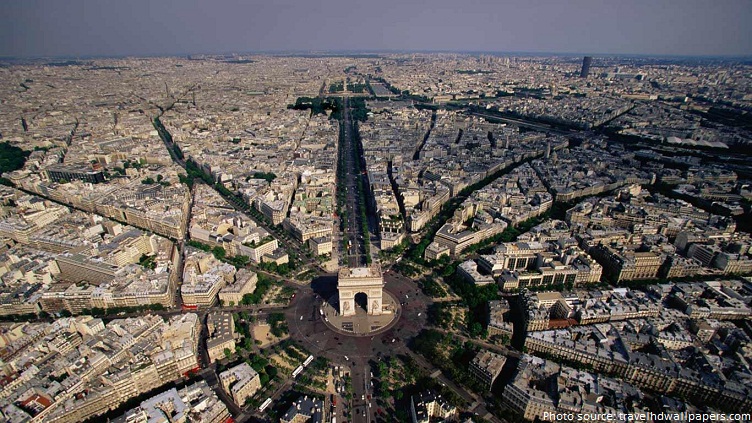
Comments are closed.